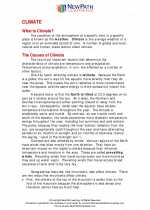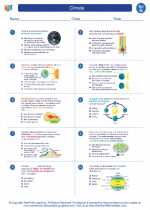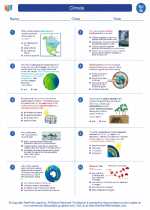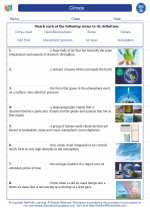Permian Period
The Permian period is the last period of the Paleozoic era, spanning from approximately 299 to 252 million years ago. It is named after the region of Perm in Russia, where rocks from this time period were first studied.
Geology
During the Permian period, the supercontinent Pangaea formed, bringing most of the Earth's landmasses together. This period also saw the emergence of the Appalachian Mountains and the Ural Mountains.
Climate
The climate during the Permian period was generally dry and arid, with vast deserts covering large areas. However, towards the end of the period, the climate became more humid, leading to the spread of forests and swamps in some regions.
Life Forms
The Permian period saw the diversification of reptiles, including the emergence of the first true mammals. In the oceans, marine life flourished, with diverse species of fish, ammonites, and corals. The period also saw the rise of the early ancestors of dinosaurs and mammals.
Mass Extinction
The Permian period ended with the largest mass extinction event in Earth's history, known as the Permian-Triassic extinction event. It is estimated that 96% of all marine species and 70% of terrestrial vertebrate species became extinct during this event, leading to significant changes in the Earth's ecosystems.
Study Guide
Here are some key points to remember about the Permian period:
- The Permian period is the last period of the Paleozoic era.
- Pangaea, the supercontinent, formed during the Permian period.
- The climate was initially dry and arid, but became more humid towards the end of the period.
- The Permian-Triassic extinction event marked the end of the Permian period and led to a major loss of biodiversity.
Be sure to review the geologic, climatic, and biological changes that occurred during the Permian period, as well as the significance of the mass extinction event.










